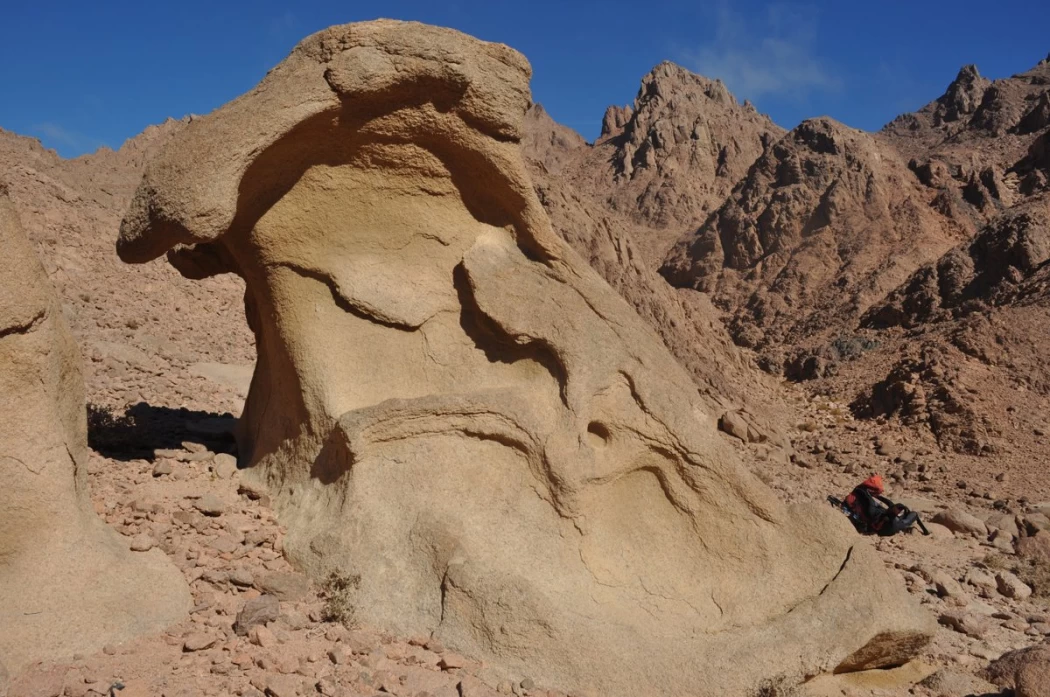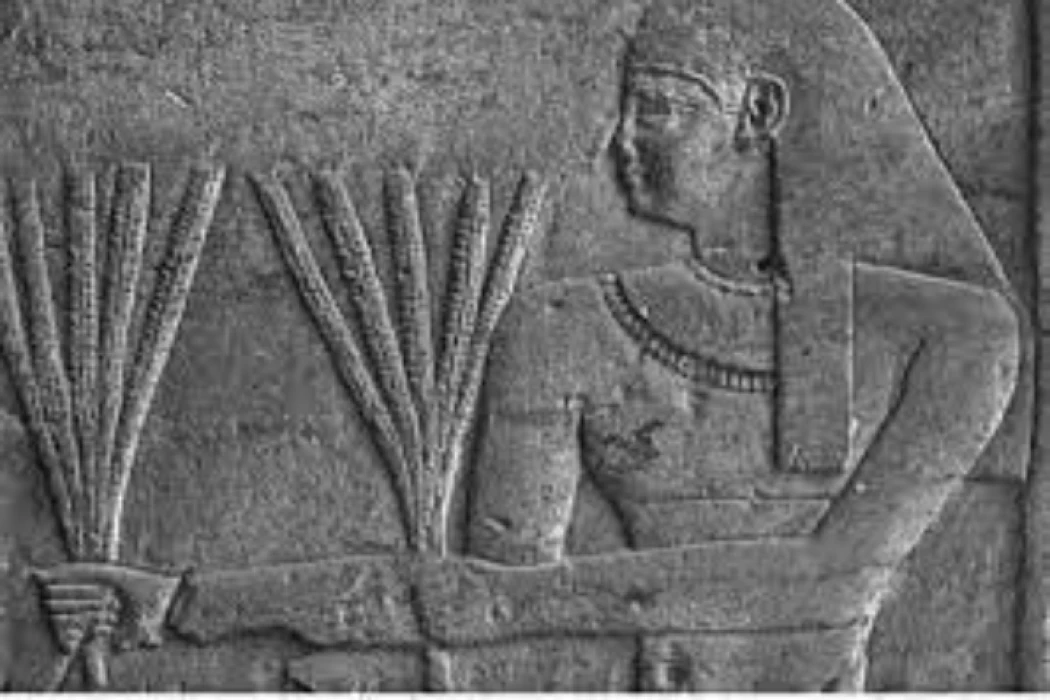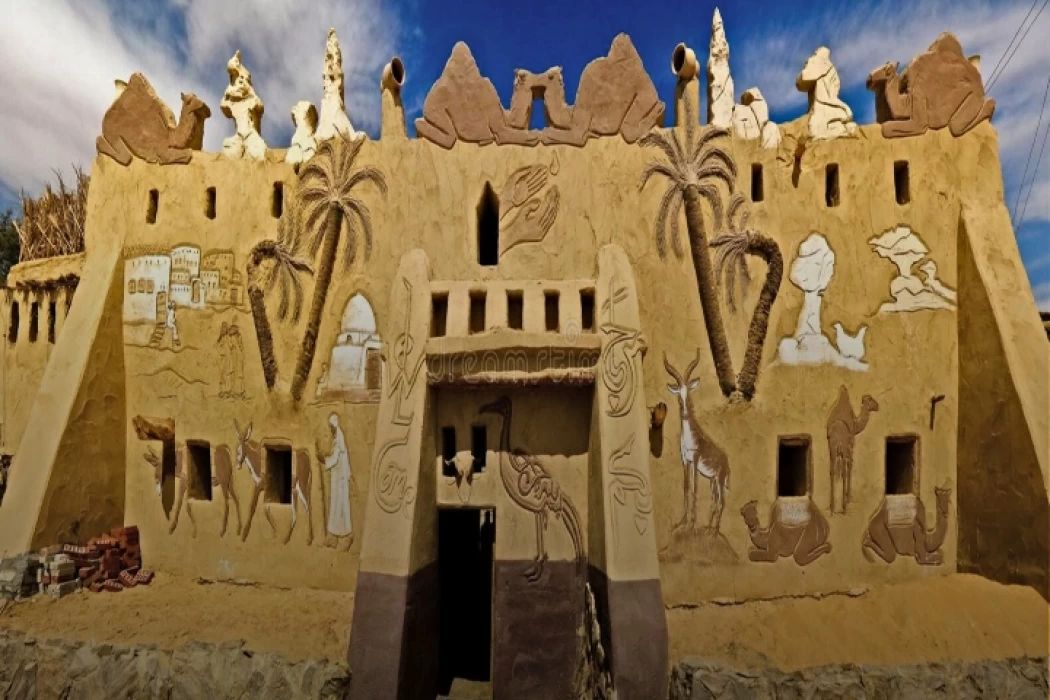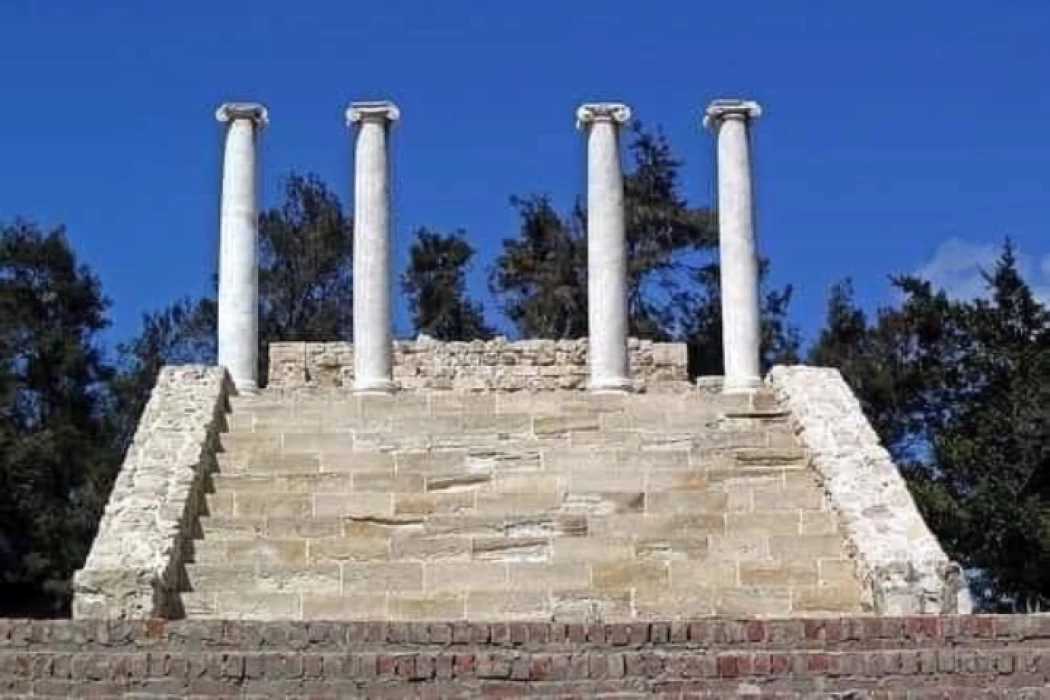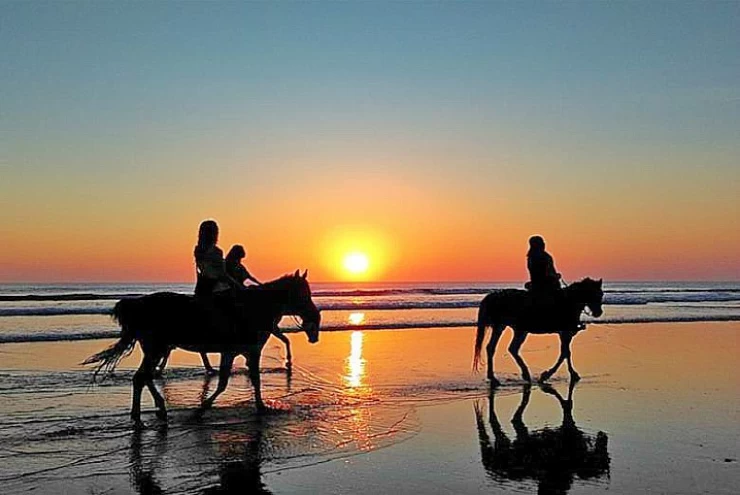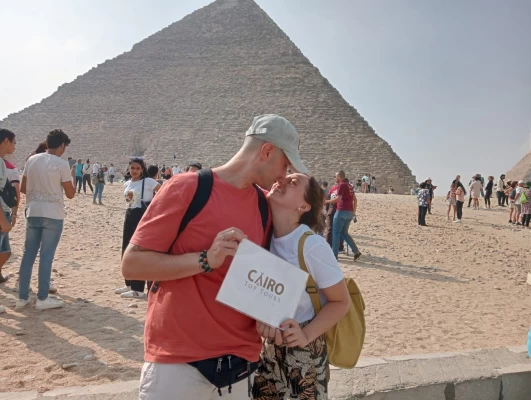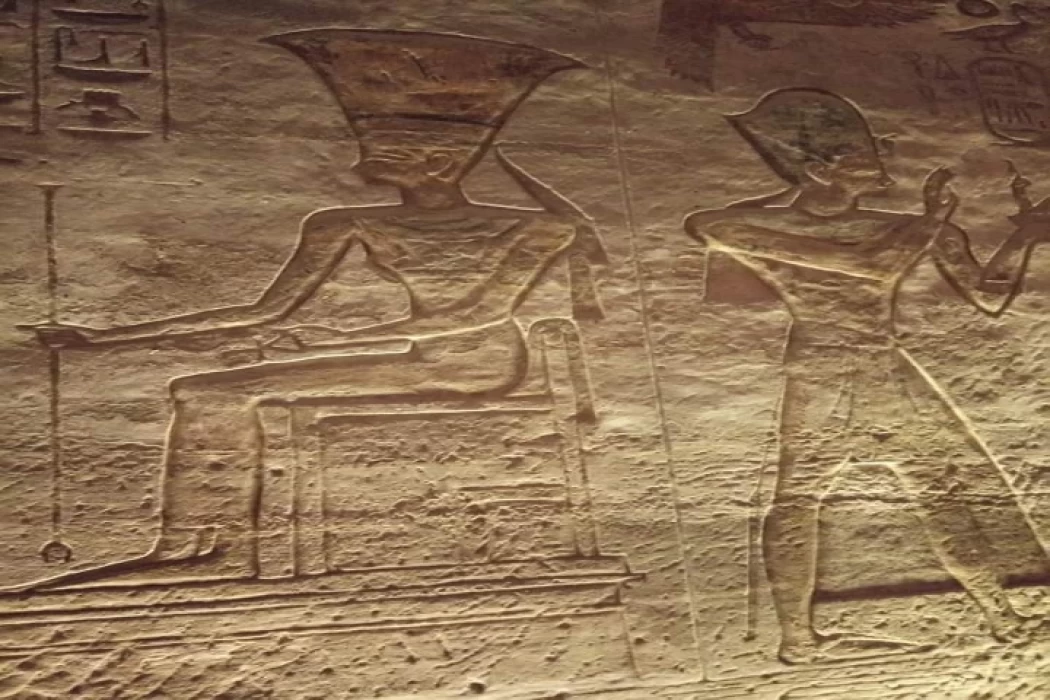
The God Anuket
Anuket was a goddess and the personification of the Nile River in Egyptian mythology in the Levantine at the beginning of his journey in the Egyptian lands and in the regions near Nubia.
Name
In ancient Egyptian its name means "hugging" or "containing" and in Greek, it became nokis (Ανουκις) and corresponded to the Greek goddess Hestia or Vesta.
Worship
Anakat was part of a triad with the God Khnum and the goddess Satis. She may have been a sister of the goddess Satis or she may have been the secondary wife of the God Khnum instead, and Anaket was depicted as a woman with a headdress of erect feathers (which most Egyptologists believe to be a detail derived from the Nubian culture), usually holding in her hand the symbol of Ankh, and had a sacred animal which was a deer.
A temple dedicated to Anakat was erected on the island of Sohail, and inscriptions indicate that a shrine or altar was dedicated to her in this place by the Pharaoh Sepik-hotob III of the thirteenth dynasty, and much later, during the reign of the Eighteenth Dynasty Amenhotep II dedicated a chapel and a temple to her.
During the New Kingdom, the worship of anaket in the two arts included a river procession of the goddess during the first month of the harvest season (Shmu), and inscriptions mention the festival procession of Khnum and anaket during this period.
Latest Articles
Admin
Regin of Abbas I of Egypt | Abbas Pasha I
Abbas has been often described as a mere voluptuary, but Nubar Pasha spoke of him as a true gentleman of the "old school". He was seen as reactionary, morose and taciturn, and spent nearly all his time in his palace. He undid, as far as lay in his power, the works of his grandfather, both good and bad.
Admin
Biography of Tewfik Pasha/ Tawfiq of Egypt
Muḥammad Tawfīq Pasha (born April 30, 1852, Cairo, Egypt—died Jan. 7, 1892, Ḥulwān) was the khedive of Egypt (1879–92) during the first phase of the British occupation. The eldest son of Khedive Ismāʿīl, Tawfīq, was distinguished from other members of his family by having engaged in study in Egypt rather than in Europe
Admin
Story of Gabal Shayeb Al Banat - Red Sea Mountain
Jabal shayb al-banat is one of the Red Sea Mountains in the eastern desert in Egypt, located to the west of the city of Hurghada at a latitude of 27 degrees north and a longitude of 33.5 degrees east of the Greenwich line approximately, this mountain is the highest mountain peak in the eastern desert with a height of up to 2185 meters, it is a prominent mass of igneous rocks
Admin
Neper God Of Grain
Neper was the deity of grains, particularly cereals that were important in Ancient Egypt, such as wheat and barley. It was stated that he foretold when the crops would grow, be harvested, and disappear.
Admin
Badr Museum in Farafra
The Badr Museum is located in a mud building, which is the common home found in this medieval part of Egypt. All of the artwork that was created by the artist is quite unique. His work almost always depicts life in the Farafra Oasis and he provides the work through both painting and sculpting.
Admin
The Black Head Temple
The Black Head Temple is a small temple dedicated to the worship of the goddess Isis and was discovered in 1936, by chance, in the Black Head area, which is now located within the Mandara area of the Montazah district in Alexandria. This temple was moved from its original place to the Latin Necropolis in 1994.
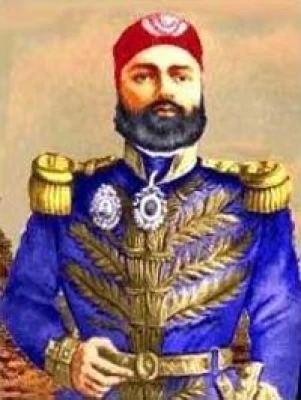
-webp.webp)
